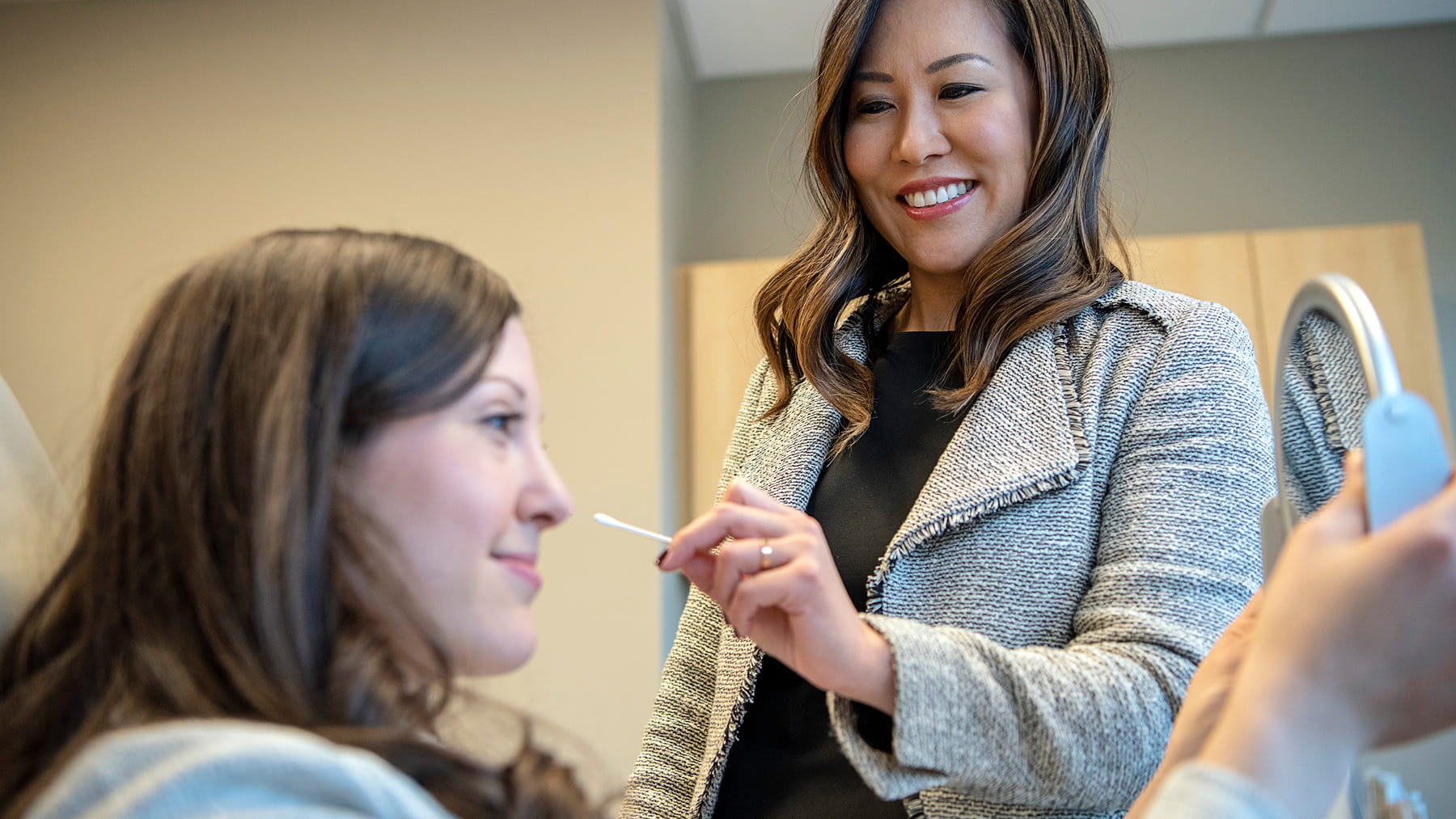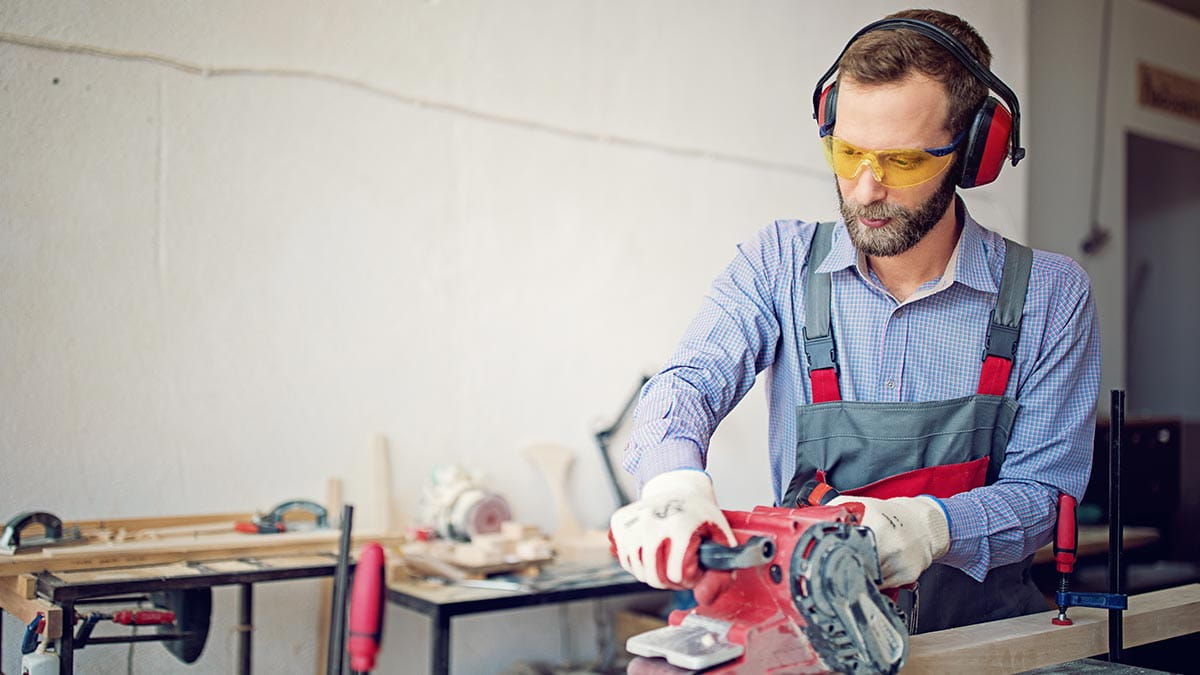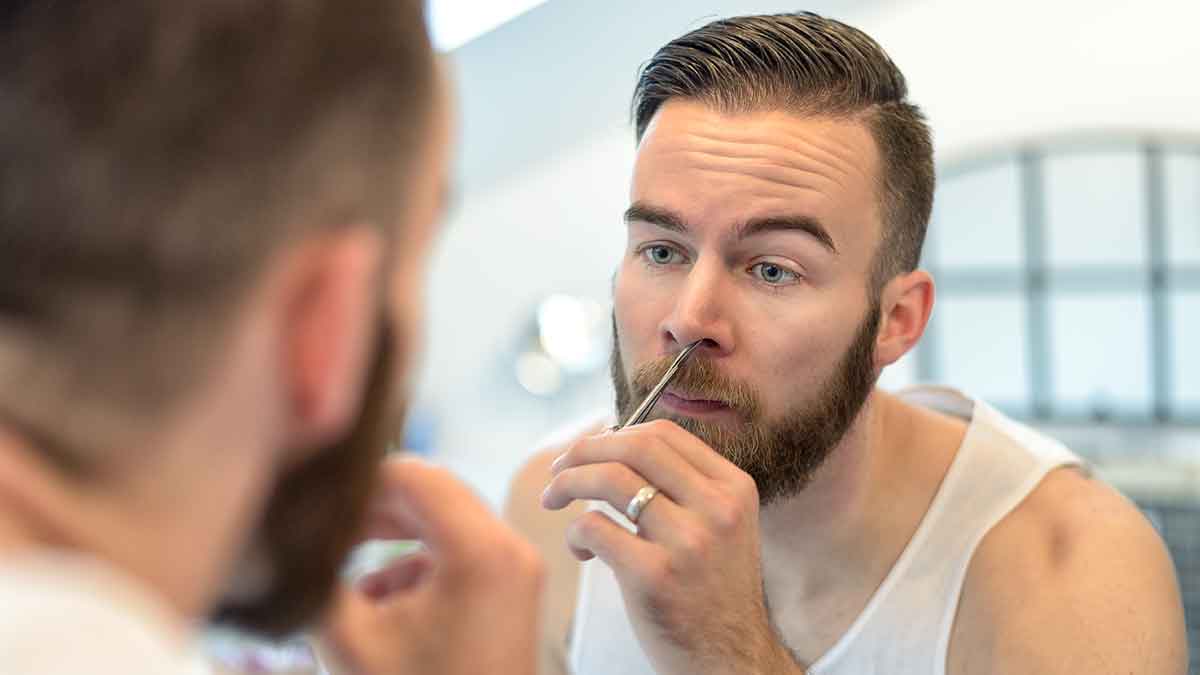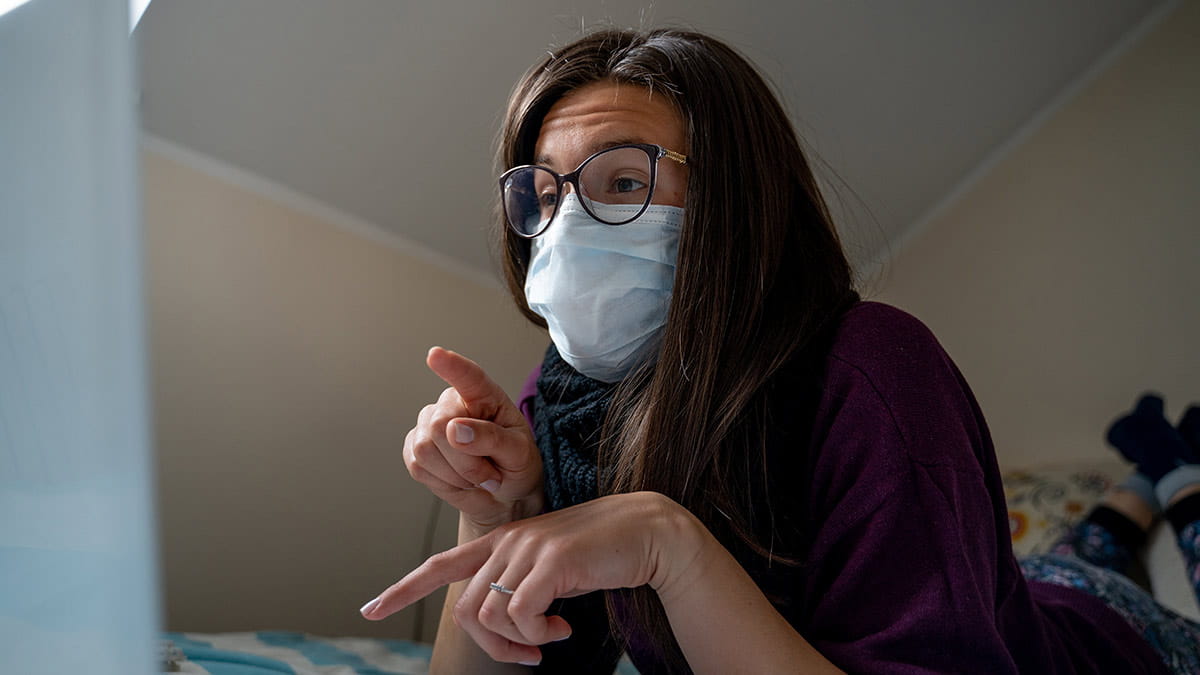Turn back the clock with non-surgical procedures

Aging reflects our growth and life experiences. It also changes our appearance in ways we may not always appreciate.
Facial aging results from changes in all of the facial tissue layers that work interdependently to create our outward appearance. This includes skin, fat, muscle, connective tissue and bone.
Everyone ages differently. To age gracefully, an ideal rejuvenation plan targets each aspect of facial aging:
- Skin aging: As we age, our facial skin becomes thinner due to collagen loss. This reduces the skin’s ability to retain elasticity and moisture, leading to dryer and less supple skin. We also see more uneven tone, texture and pigmentation (brown spots).
- Volume loss: With aging, fat redistributes and changes, leading to overall facial volume loss. We tend to lose fat in our temples and our cheeks and gain more fat in our jowls and neck.
- Tissue descent: We also lose structural support due to changes and weakening of the connective tissue and bone anchoring the face. As gravity exerts its influence, the tissue sags.
More people ask about improving their appearance with minimally invasive procedures with minimal downtime. This is especially true among millennials, who seek techniques for “prejuvenation,” to prevent or slow down facial aging. Your ultimate plan must fit your goals of care, lifestyle and budget. Here are some treatment options:
Skin Care
Daily skin care regimens can gradually help improve skin texture, fine wrinkles, uneven color and brown spots with no downtime. Medical-grade skin care products available through physician offices such as retinoids and antioxidants have higher concentration of active ingredients that penetrate the skin to address problem areas. But the single most important product for preventing facial aging is available over-the-counter: sunscreen.
Microneedling with Platelet Rich Plasma
Microneedling can improve skin aging with minimal downtime. We apply topical numbing cream and use a device to make tiny pricks in the skin to stimulate collagen. It feels like a relatively painless vibrating facial. Combining treatment with platelet-rich plasma has been shown to speed up healing and skin rejuvenation. There may be some redness, swelling and flaking for a few days, but most people go back to work and wear makeup the next day.
Chemical Peels and Lasers
For those willing to accept some downtime, skin resurfacing procedures like chemical peels and lasers can help jumpstart the skin rejuvenation process. These treatments, to a variable degree, remove the outer layers of the skin to stimulate collagen production in the deeper skin layer. They’re a powerful way to treat fine wrinkles, brown spots and rough skin texture. However, downtime is typically at least five to seven days due to skin peeling, redness and swelling. Typically, the deeper the treatment, the more effective the resurfacing and the longer the downtime.
Botox
Dynamic wrinkles caused by expression lines, particularly of the upper face, can be smoothened with the use of botulinum toxin injections, a temporary muscle relaxer. By reducing muscle activity in certain areas of the face, wrinkling of the overlying skin can be reduced. Botox injections are most commonly performed to treat forehead wrinkles, eyebrow furrows (11 lines) and crow’s feet. We can also use it to treat other beauty concerns such as a square jaw line, gummy smile, dimpled chin and neck bands.
The injections start working in two to three days, peak at two weeks and last on average about three months. There is essentially no downtime. Minor bruising is possible and redness and swelling from the injection goes away in about ten minutes. Makeup can be reapplied making this is a great lunchtime procedure.
Fillers
Dermal fillers address volume loss in the face and improve the appearance of deeper wrinkles and folds. Common areas of injection include lips, cheeks, cheek folds and smile lines and under the eyes. We do these injections in the office and the results are immediate. There’s a risk of temporary bruising or swelling, which can last up to two weeks. Most fillers last on average six months to two years.
A liquid nose job is another popular method that uses dermal filler to improve the contours of the nose. It’s most commonly used to improve the profile appearance of a dorsal hump or to lift a droopy tip. It’s important to note that fillers add volume to the nose; essentially, the nose is made bigger to better balance the face. The results last about one to two years. This is a risky area of the face and filler injections should ideally be performed by an expert who understands the anatomy and performs both surgical and non-surgical rhinoplasty.
Surgery
In some cases, surgery may be the best and more cost-effective treatment option. Although non-surgical or minimally invasive treatments tend to have low downtime, they can be more expensive in the long run, with repeat sessions to achieve the desired outcome.
Sagging is generally best addressed with surgery to lift and brighten areas of the face where gravity has done its work. Surgical lifting procedures include brow lift, eyelid lift, facelift and neck lift. Additional surgical procedures include facial implants, liposuction and autologous fat injections to add volume the face. Some of these surgeries can be performed in the office with local anesthesia while others are done in the operating room with sedation or general anesthesia. Downtime after surgery varies depending on the procedure. Most require at least one to two weeks although all surgical scars take one year to fully heal.
Leslie Kim is a facial plastic and reconstructive surgeon in the department of otolaryngology at The Ohio State University Wexner Medical Center. Her practice focuses exclusively on aesthetic and reconstructive surgeries of the face and neck, including facial rejuvenation procedures and rhinoplasty.




